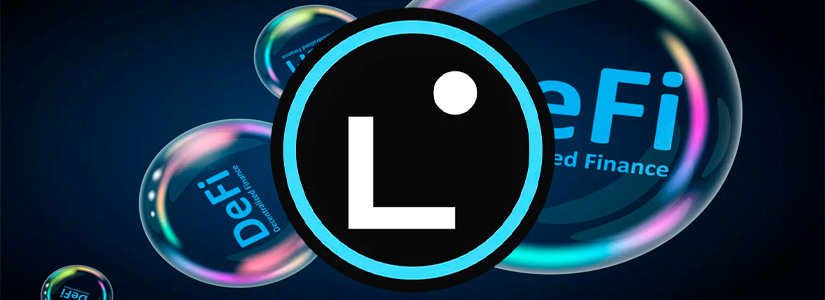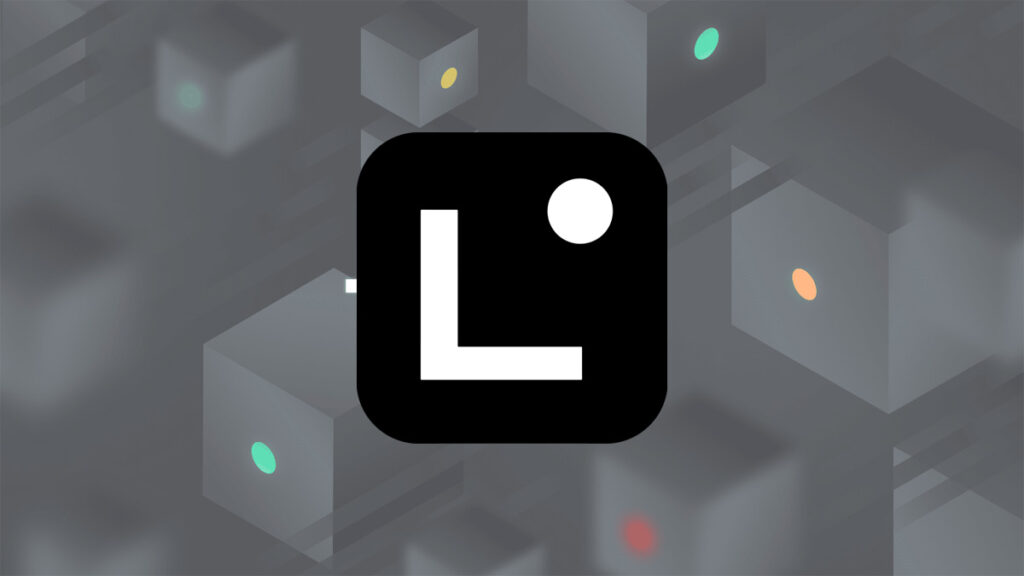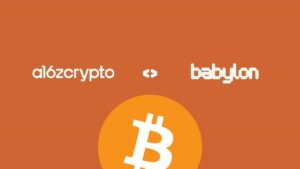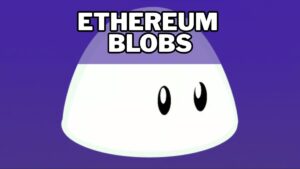TL;DR
- Decentralized Governance: Linea plans to transition its zkEVM to a permissionless model with decentralized governance, enhancing network security and performance.
- Proof-of-Stake Model: The proposal includes replacing the current finality system with a proof-of-stake model, requiring validators to stake tokens and participate in the QBFT consensus algorithm.
- Network Resilience: To ensure resilience, a recovery mode will activate if validators become inactive for six months, allowing any node to finalize blocks and maintain network functionality.
Linea, the Layer 2 ZK rollup developed by Consensys, has unveiled a comprehensive proposal aimed at decentralizing its network. The proposal, named “Towards Linea’s Decentralization,” presents a comprehensive framework aimed at shifting the zkEVM to a permissionless model characterized by decentralized governance.
Linea’s Transition to Proof-of-Stake
A crucial element of the proposal is to substitute Linea’s existing Layer 2 finality system with a proof-of-stake model for validating blocks. Validators will be required to stake tokens and participate in the QBFT consensus algorithm.
To maintain network integrity, a slashing mechanism will be implemented, which includes burning a portion of the stake of misbehaving validators. The framework introduces an on-chain auction system for selecting block proposers.
This system allows any node to bid for the role, with the highest bidder winning the right to propose a block. The winning bid amount will be burned, effectively reducing the total token supply and potentially creating deflationary pressure.

Network Resilience and Recovery Mode
To ensure network resilience, the proposal includes a recovery mode that activates if the validator set becomes inactive for six months. In such a scenario, any node can start finalizing blocks, allowing the system to continue functioning.
Linea has put forth a decentralization proposal, building on its previous announcement. This move follows a strategic pause in block production, which was implemented to address a security vulnerability discovered on Velocore, a decentralized exchange that functions within Linea’s ecosystem.
The proposed changes aim to enhance Linea’s decentralization and security while maintaining its performance as a Layer 2 solution. Linea aims to build a stronger and more decentralized network by using a proof-of-stake model and adding competitive elements for proposing and validating blocks.
Although the proposal presents a detailed plan for decentralization, the actual implementation and its effects on Linea’s performance and adoption remain uncertain. The success of this initiative could potentially influence other Layer 2 projects and contribute to the ongoing development of Ethereum’s scaling landscape.










